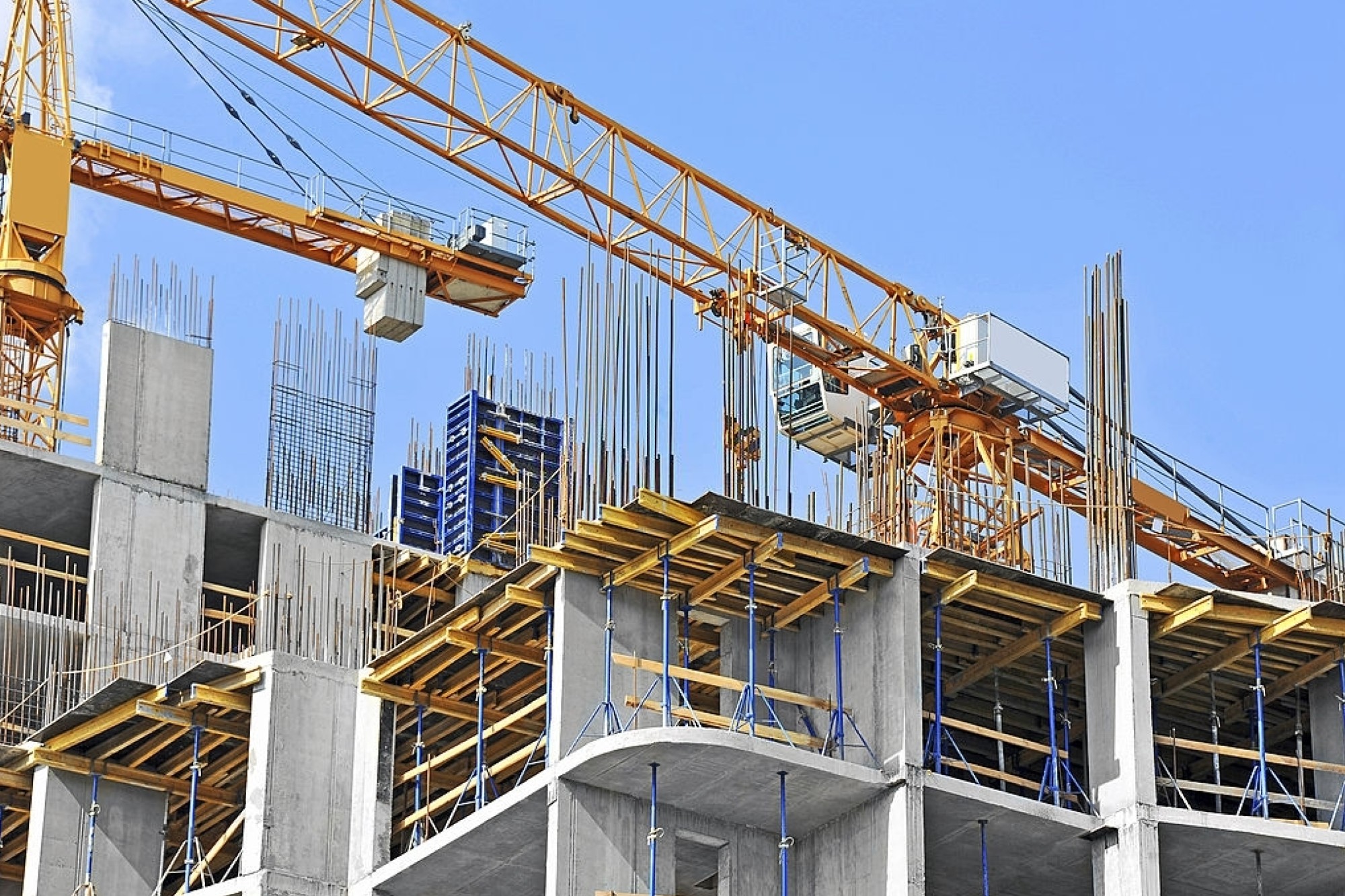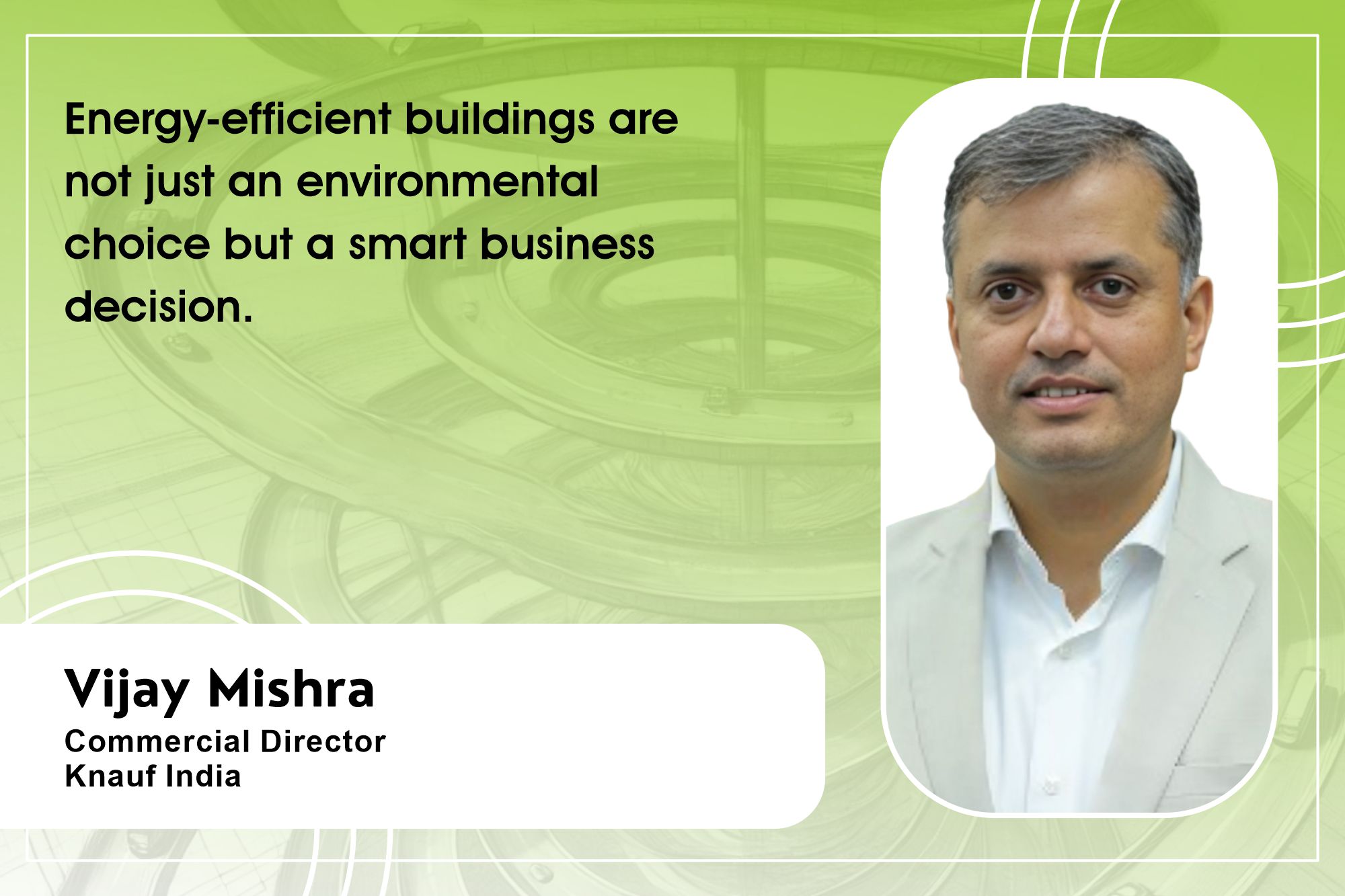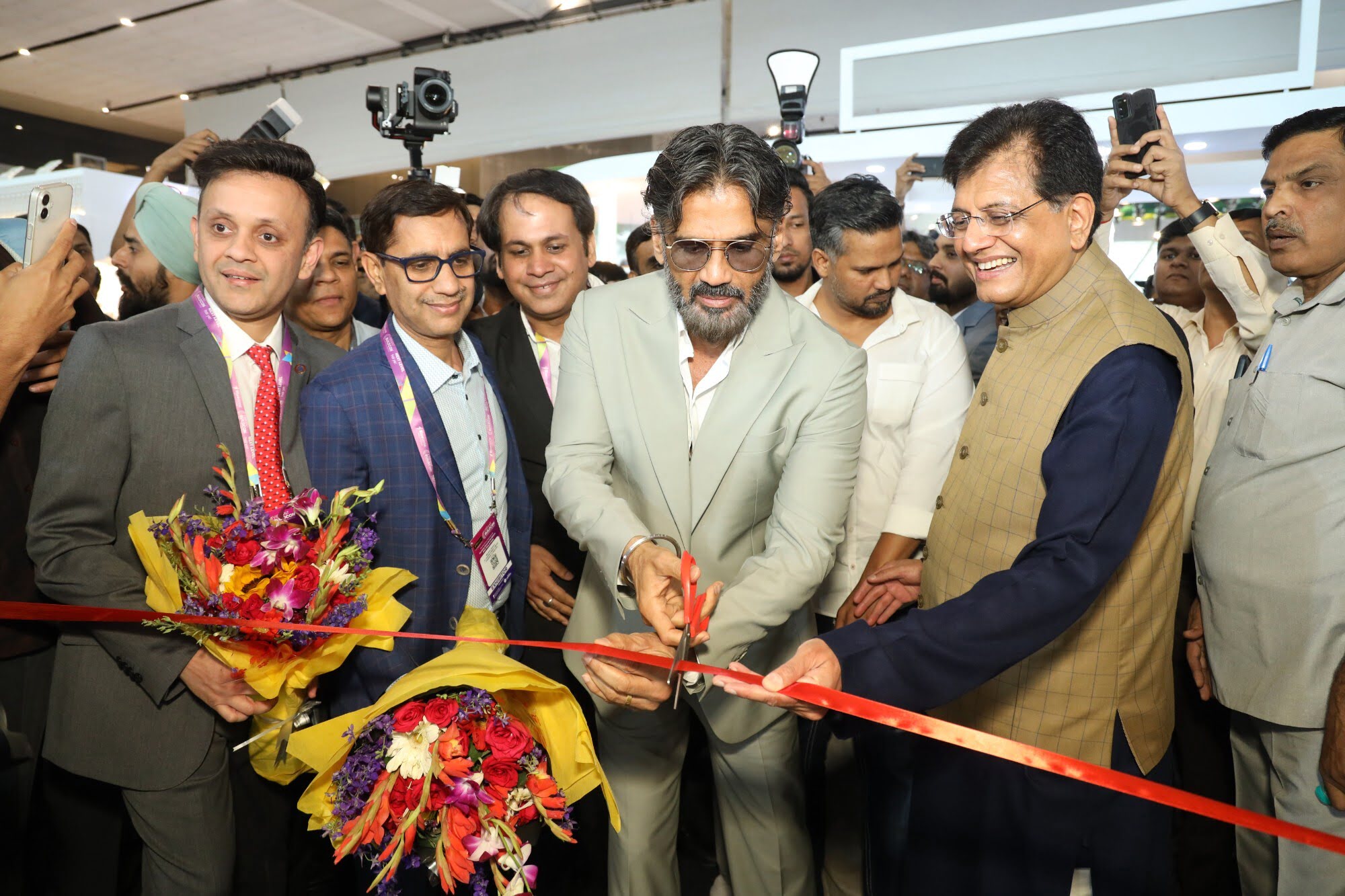Prefeb payback
By Edit Team | April 14, 2016 11:28 am SHARE

6 ways prefab can reduce the overall project cost
The basic object behind the concept of introducing prefabricated structures is to reduce the project cost. The prefab concept entered Indian market approximately five years back with an intention to give quick, easy and affordable solutions to fast track projects.
“Most often, projects involving construction are long in duration, expensive, and heavily rely on logistics. Prefabricated structures are an excellent, cost-effective alternative that ease the burden of planning and executing such projects,” informs Aditya Borkar, CEO, Borkar Polymers.
The inherent nature of prefabricating structures, especially on an assembly line, enables cutting of costs. There are many reasons why prefabrication reduces costs, independent of the nature of the project. The actual percentage of cost saved, however, depends on the specific project.
There are few ways how to reduce the overall project costs. They are as follows:
1. Saves cost of transporting and housing
Manpower is the prime factor in any project and to have the manpower very close to the project site is the basic need of today’s project to reduce the project cost. Skilled labour is difficult to find in many locations. Transporting and housing labour is an additional cost incurred in brick and mortar constructions. On the other hand, prefabrication factories employ the needed manual labour and no labour is required for installation at the site.
“If you want to complete a project in time, expenses on movement of manpower have to be controlled by giving them such affordable prefab accommodations and mess structures very close to the project site which reduces transportation time and cost which plays vital role in mobilisation and demobilisation cost. The modular prefab accommodation structures and offices designed and developed by our company are fulfilling this cost saving criteria,” says Sachin Biyani, Managing Director, Suroj Group.
Modular prefab structures are comfortable to use because of their unique sandwich wall and roof system. This helps to maintain the inside temperature suitable for living in various weather conditions, which increases the efficiency of man power. Such structures are hygienic in nature which is important for the health of labours.
“In coming days, advanced prefab structures like, double storied accommodation structures with attached toilet or bath facility will be introduced in markets. Such designs are already on our drawing board and we are planning to make such prototype structures by the end of the year. Such structures are already in use at various European countries, where, prefab structures are used for regular accommodations also,” says Biyani.
For example, spreading ATM network to the remotest parts is a requisite for banks. There are also several non-banking players keen on setting up white-label ATMs across the country. Both entities can economise by opting for prefabrication. Employing or transporting skilled labour, especially in remote areas, can be costly. There is no need to spend on-site painting, welding, branding, and other such activities. Prefabricated ATMs come equipped with all vendor elements and power supplies. This further minimises the number of on-site activities and simplifies logistics for ATM set-up, resulting in lesser expenditure. In case of underperforming ATMs, the ATM can just be transported to a better location. This kind of reuse is not possible for brick-and-mortar ATMs.
2. Saves power & water cost
Opting for a prefabricated alternative negates the need for on-site activities like cutting and welding. This culminates to lesser expenditure on setting up and maintaining utilities like power and water supply at the project site.
3. Saves on material by reducing wastage
“Saving on material cost by reducing wastage is true for projects involving repetitive use of similar structures. There is far less wastage of raw materials in assembly-line prefabrication and this can markedly lower the overall project cost,” says Borkar.
Prefab structures are modular in nature, easy to install, reusable and maintenance free. These structures are easy to shift from site to site with less wastages and damages and are reusable for years together. High capital cost is not involved in using such prefab structures and are used number of times, they reduces infrastructure cost of the contractor and gives comfort living.
For example, to set-up toilets in suburban and rural areas as most states of India are now focusing of preventing open defecation. Skilled labour is an issue in remote areas and transporting and housing labour is an additional cost. Prefabricated toilets are portable and in case of any erroneous planning with respect to locations, the toilets can be moved to a more suitable area. This reduces cost of reconstruction and the initial construction capital is not wasted.
4. Saves with a smaller management team
Large projects require a big team of construction managers. Since use of prefabricated structures involves only transportation and assembly, there is scope to cut down on the size of the construction management team since no on-site managers are needed.
5. Saves by avoiding loss due to harsh weather Erratic weather conditions can lead to stoppage of work or damage materials during the course of on-site construction. Loss due to weather or other such uncertain factors can be minimised by outsourcing bulk of the construction work to prefabrication factories.
6. Saves by not wasting capital
Some structures may have temporary use and not be needed after project completion or need to be shifted during the course of a project. The portable nature of most prefabricated structures enables relocation, which affords saving of capital expense used in their construction.“The cost-effectiveness of prefabrication is quite intuitive to understand. In addition, the quality and design standards in prefabrication have, of late, seen tremendous improvements and innovations. This makes the cost-effectiveness of prefabrication far more lucrative since the saving on cost does not trade-off with quality or aesthetics. Today, prefabrication is an absolutely cogent solution for saving on project costs,” concludes Borkar.
Prefabricated structures are an excellent, cost-effective alternative that ease the burden of planning and executing such projects.
Aditya Borkar, CEO, Borkar Polymers
If you want to complete the project in time, expenses on movement of manpower have to be controlled by giving them affordable prefab accommodations.
Sachin Biyani, Managing Director, Suroj Group
Cookie Consent
We use cookies to personalize your experience. By continuing to visit this website you agree to our Terms & Conditions, Privacy Policy and Cookie Policy.



































-20240213125207.png)

























